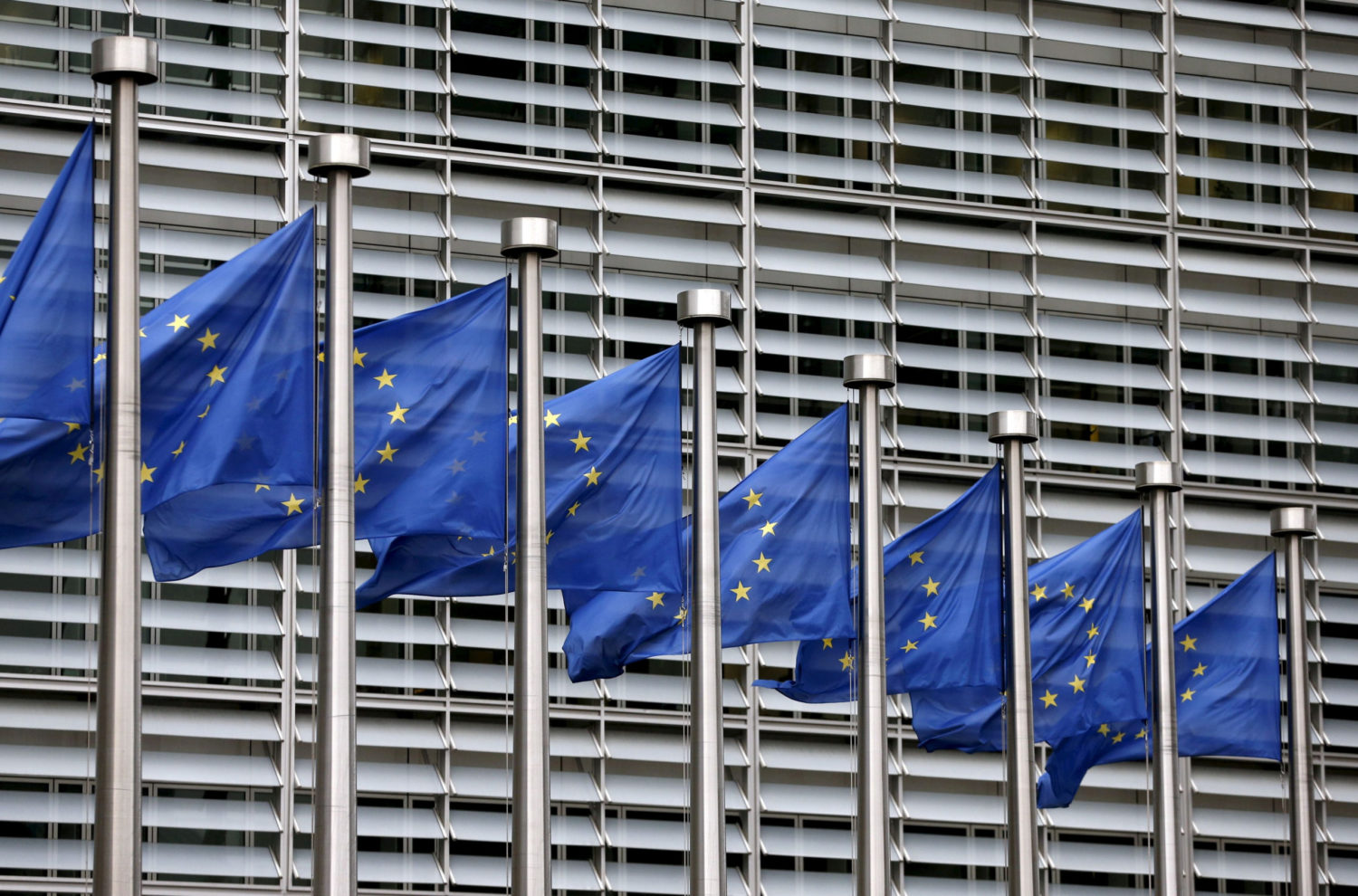
By Arshad Mohammed and Daphne Psaledakis
WASHINGTON (Reuters) -The United States said on Thursday it had removed sanctions on three former Iranian officials and two companies that previously traded Iranian petrochemicals, a step one U.S. official called routine but that could show U.S. readiness to ease sanctions when justified.
Speaking on condition of anonymity, the U.S. official said that the moves by the U.S. Treasury’s Office of Foreign Assets Control (OFAC) were unrelated to efforts to revive Iranian and U.S. compliance with the 2015 Iran nuclear deal.
“Today, OFAC and the Department of State are also lifting sanctions on three former Government of Iran officials, and two companies formerly involved in the purchase, acquisition, sale, transport, or marketing of Iranian petrochemical products,” the Treasury said in a statement.
It said the delisting reflected “a verified change in behavior or status” of those sanctioned and “demonstrate the U.S. government’s commitment to lifting sanctions in the event of (such) a change.”
A Treasury spokesperson said the three individuals had established “that they are no longer in their positions within entities affiliated with the Government of Iran,” adding there was no reason to maintain sanctions on them.
The oil market briefly plunged after being spooked by media reports suggesting sanctions were lifted on Iranian oil officials, showing the potential impact of additional Iranian barrels if a deal is struck and sanctions lifted. [O/R]
U.S. and Iranian officials are expected to begin their sixth round of indirect talks in Vienna this weekend about how both sides might resume compliance with the nuclear deal, formally called the Joint Comprehensive Plan of Action (JCPOA).
Under the deal, Iran limited its nuclear program to make it harder to obtain fissile material for atomic weapons in return for relief from U.S., EU and U.N. sanctions.
Former U.S. President Donald Trump abandoned the deal in 2018, arguing it gave Tehran too much sanctions relief for too few nuclear restrictions, and reimposed sanctions that slashed Iran’s oil exports.
Iran retaliated about a year later by violating the limits on its nuclear program.
U.S. President Joe Biden hopes to negotiate a mutual return to compliance, a task that requires defining the nuclear limits Iran will accept, the U.S. sanctions to be removed, and how to sequence these.
Asked about the talks, State Department spokesman Ned Price told reporters: “We’ve made progress, but, and you’ve heard this before; challenges do remain, and big issues do continue to divide the sides.”
The Treasury statement did not name the three former Iranian officials or the two companies dropped from its sanctions lists.
However, on its website, OFAC said it removed three men from one of its sanctions lists: Ahmad Ghalebani, a managing director of the National Iranian Oil Company; Farzad Bazargan, a managing director of Hong Kong Intertrade Company, and Mohammad Moinie, a commercial director of Naftiran Intertrade Company Sarl.
OFAC said it removed some sanctions on Sea Charming Shipping Company Limited and on Aoxing Ship Management Shanghai Limited.
“This is just a decision by Treasury in the normal course of business – nothing to do with JCPOA,” said the U.S. official who spoke on condition of anonymity, describing it as the “regular process of delisting when (the) facts so dictate.”
(Reporting By Arshad Mohammed and Daphne Psaledakis; Additional reporting by Humeyra Pamuk and Simon Lewis; Writing by Arshad MohammedEditing by Chris Reese and Marguerita Choy)











